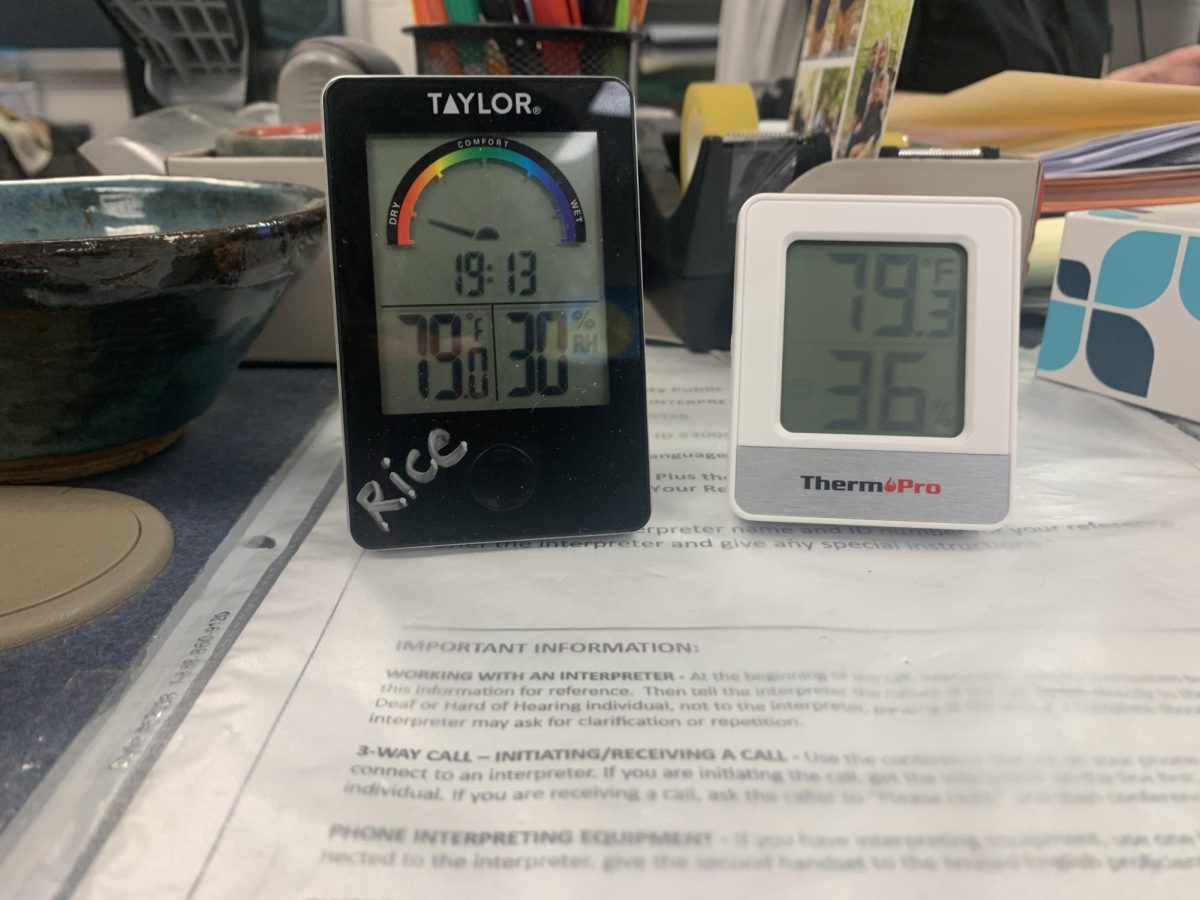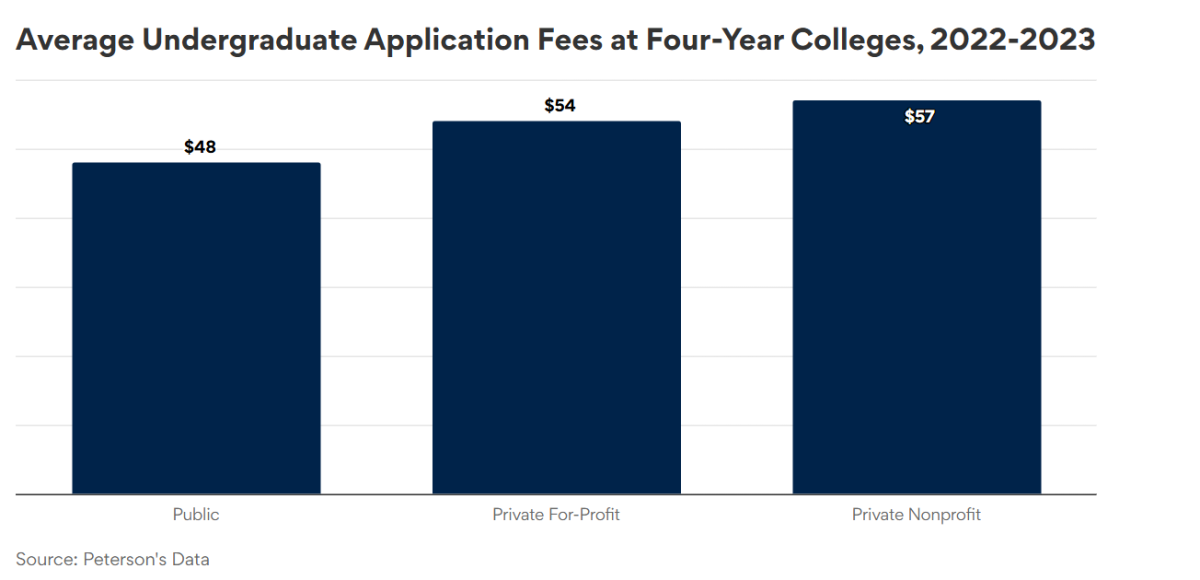As spring temperatures rise, so do frustrations, with students and staff across the building voicing concerns over inconsistent and absent air conditioning throughout the school, highlighting concerns about comfort, focus, and the broader state of school infrastructure.
When it comes to the weather in Maryland, it can swing from being 30 degrees in the winter to 80 degrees in the spring, making heating and cooling essential for providing a comfortable learning environment.
Students and staff have reported experiencing excessive heating in the math and social studies classrooms, with English classrooms being reported as being excessively cooler. “My experience is that it is drastically different depending on what room you are in. In the room I’m currently teaching in, room 290, it is extremely hot. We also have a couple of other rooms in the math department that are sweltering. And then if you go down to English, it seems like it is cooler,” math teacher Kayla White said.
Offices within the building have also had their A/C issues. The counseling office had a slew of days where the temperature inside the office reached upwards of 80 degrees. Counseling office secretary Amy Smith said, “I find that when it starts getting warmer in the spring that the AC was not on in the counseling room, and it would reach 80, the highest it’s reached was about 84 degrees.”
Poor A/C can result in difficulties with completing work, doing assignments, and students’ comfort, and the hotter the room is, the more likely they are to feel tired or fall asleep “It’s challenging because it takes away from learning. It’s hard for you to focus when the heat is just messing up with your head and everything,” sophomore Jemeriah Ofori said.
In light of the A/C challenges, students and staff had come up with ways to beat the heat. History teacher Casey Hopkins uses a giant fan to blow air from the hallways into her classroom. “I’m lucky my dehumidifier works, because when it doesn’t work, there’s dew on the desks, cause it’s so humid and hot,” Hopkins said.
Addressing the situation is an another issue in it’s own right, as the only way to completely resolve the A/C issues would be to build a new building, and with Wootton’s renovation being pushed further and further back, the only fixes now is to either get building services to look at the units or be creative like Hopkins. “I think that we kind of have to cut our losses, y’know, this is a public school, people come here every day, it’s being used, it’s free for us to be here, but I feel like there’s areas where A/C should be up to date,” Valentine said.
As the weather gets warmer, there have been improvements, the counseling office did get the temperature down to 72 degrees. Thanks to building services, a good chunk of rooms where A/C issues were prevalent have now been taken care of, but school-wide, there is still a lot to do. “The reason why the air conditioner is on in the building right now, that we are in the season where we change over from heat to air. And the pipes use the same water for heating that we use for cooling. So it’s called a changeover period where we have our HVAC mechanics come through and they change over the building. So they’re in the process of changing over 235 schools. So we are in line to get that. So it hasn’t been accomplished yet. So when that does do that, then we will get the air on the building throughout the building,” Building Services Manager Anthony Murray said.
So for now, it’s a waiting game for this building’s A/C, which sheds light to an even broader problem surrounding school infrastructure. “This building is a 54-year-old building. So, imagine your body being 54 years old. All of the components are not going to work like so. They’re going to break down. So a lot of times, what happens is we have different things that get broken down. So the HVAC guys, we put a work order in, and once you put it in, what happens is, then it’s out of our hands until they show up,” Murray said.








